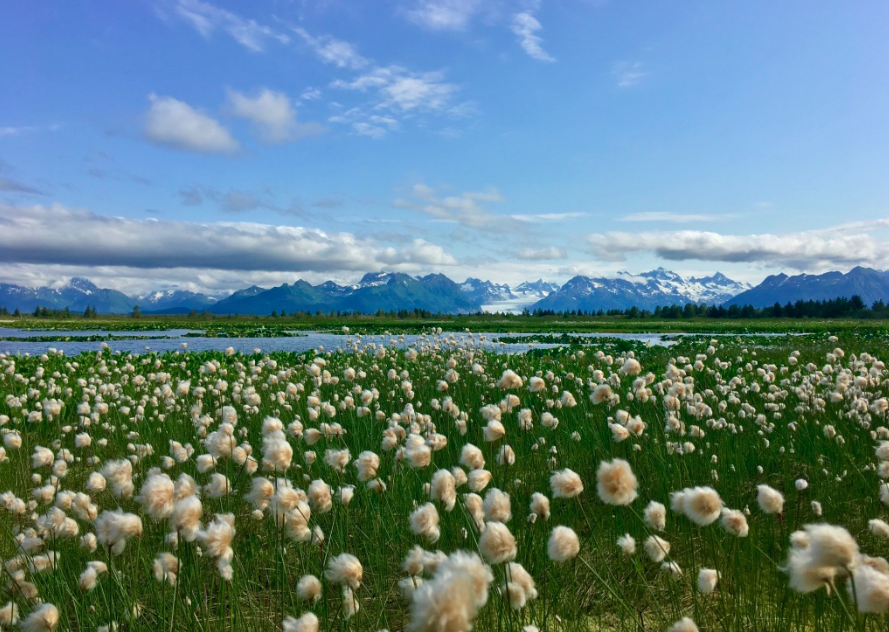Third Pod from the Sun Hires new Producer
Graduate student Jessica Buser-Young has joined the American Geophysical Union’s podcast, Third Pod from the Sun, as a producer. Click on the image below to listen to her latest podcast.

Approved Proposal to Monitor Inter-Organism Interactions Within Ecosystems
“In their approved proposal, Frederick Colwell of Oregon State University and colleagues are interested in the microbial communities that live on Alaska’s glacially dominated Copper River Delta. They’re looking at how the microbes in these high latitude wetlands, such as the Copper River Delta wetland pond shown here, cycle carbon.” Click the image below to read more.

New AGU Geobites Contributing Author
Geobites is an American Geophysical Union (AGU) affiliated grassroots effort to communicate cutting-edge, transformative geoscience to broad audiences. Graduate student Jessica Buser-Young is now a contributing author to Geobites, with her most recent articles found below.

Science Friday: The Best Summer Science Books of 2020
Science Friday featured Colwell lab member Sarah Olsen Michel to provide a summer science book reading list. Sarah is a highly accomplished science writer. Listen to her podcast interview with Ira Flatow here:
Meet the Scientists
Click on the video below to watch an interview by Dr. Kenneth Williams featuring Drs. Rick Colwell and Laura Lapham deploying OsmoSamplers near Crested Butte, CO. Dr. Williams interviews them on our Department of Energy-funded project using osmotically driven pumps to continuously sample groundwater, porewater, and stream water under harsh winter conditions under ice and snow. More on this project in the post ‘Wintertime Watersheds‘.

Microbial life and the origin of methane hydrates
Click the image below to read University of Texas Institute for Geophysics’ blog post detailing the lab work related to Colwell Lab’s collaboration with UT Pressure Core Center at Jackson School to pioneer extraction of methane hydrates from pressurized cores. Using cutting-edge technology, we aim to discover subsurface life associated with methane hydrates, in addition to how we may use these hydrates as a potential energy resource.

Some Deep-Sea Microbes are Hungry for Rocket Fuel
Listen to the ‘All Things Considered’ podcast below by NPR’s Geoff Brumfiel and his interview of Dr. Rick Colwell and Martin Leibensteiner as they discuss how Archaea at hydrothermal vents use rocket fuel (naturally occurring perchlorate) to survive and grow at the bottom of the ocean. These organisms give us ideas about how Earth’s earliest life forms may have evolved using these obscure and toxic (to humans) chemicals.

Origins of Deep Carbon
Census of Deep Life is a decadal-long, multidisciplinary project that aims at defining diversity in unique terrestrial and aquatic subsurface environments. Watch Dr. Colwell’s talk at the 2019 Deep Carbon Observatory meeting in Washington, DC, by clicking the link here.
The Science Pawdcast
Our very own Sarah Olsen Michel appeared on “The Science Pawdcast” to provide her expert opinion science writing and microbiology. Click the image below to give it a listen!

